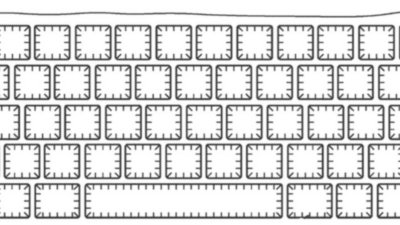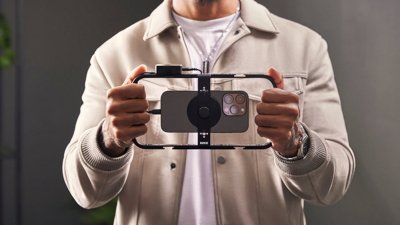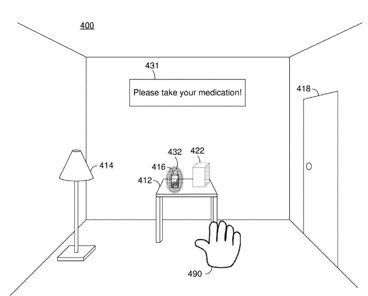Apple glasses could adjust lenses to match user's prescription
Apple Glass could potentially be used by people that need vision correction, with lenses that adjust to correct the wearer's vision.
The concept of smart glasses runs into a problem when it comes to people who normally wear glasses to see. Those who can wear contact lenses could feasibly use a typical smart glasses setup without too much issue, but those who have to wear glasses can end up in trouble.
Other than wearing the equipment in such a way that they work through their existing glasses, it's also probable that smart glasses with prescription lenses have to be produced in order to have a more typical usage experience. This latter option could potentially become expensive, pushing the price of smart glasses in that instance higher.
Glasses wearers also have to deal with problems when they use VR headsets, as there's a chance that their glasses won't comfortably fit inside the confined enclosure. Some VR headsets offer the ability to add prescription lenses to a setup, but then that particular headset can't be used by others without considerable reconfiguration.
In a patent granted to Apple on Tuesday titled "Tunable and foveated lens systems," Apple suggests that smart glasses or a headset could potentially adjust its lenses to correct the wearer's vision. In effect, the hardware would be usable without requiring the user to wear glasses with prescription lenses at all, nor have any long-term changes to the setup that cannot quickly be changed.
Apple's proposal is to use a stack of lenses for each eye, which can be a liquid crystal adjustable lens along with a non-liquid-crystal adjustable lens, such as a fluid-filled lens or an Alvarez lens. The liquid crystal lens could include multiple cells filled with voltage-modulated optical material, sandwiched between transparent substrates and surrounded by electrodes.
The electrodes are used to apply power to the optical material, adjusting its phase profile and therefore how it allows light to pass through. Multiple layers of electrodes can be used, with three or more orientations allowing for the layer to be adjusted very precisely, depending on what corrections to vision are required.
The system could also use eye tracking to provide a more advanced adjustment to the user's vision. Specifically, it could adjust the lens at the point where it intersects with the user's line of gaze.
The patent offers that conditions such as presbyopia could make such an arrangement useful, as the system can correct for a deficiency in the user's ability to focus on objects at a distance by "applying distinct optical power." Apple reckons limiting the extent of the adjustment can "reduce disorienting visual sensations caused by changes in magnification."
The technique could also help static or focus-dependent optical defects known as "higher-order aberrations" that cannot be corrected easily with static prescription lenses. Variable phase lenses that track the user's gaze could feasibly provide some correction to that user's vision.
Apple files numerous patent applications on a weekly basis, but while the existence of a patent indicates areas of interest for the company's research and development teams, it doesn't guarantee its appearance in a future product or service.
Apple is currently believed to be working on a series of head-mounted devices, starting with a VR or AR headset that could launch in 2022. It could then be followed by smart glasses with AR capabilities, known as Apple Glass, which could land in 2025.
This is not the first time Apple has considered correcting vision with adjustable lenses. In December 2020, it was granted a patent for an "Electronic device with a tunable lens," using lenses with fluid reservoirs to adjust the physical dimensions of a lens in a device.
The "Head-mounted apparatus for retaining a portable electronic device with display" in June 2020 offered smart glasses that holstered a device like an iPhone close to the user's eyes. Adjustable elements would allow the lenses to work for those who require prescription lenses normally, but could revert to a standard profile for others with normal vision.
In July 2019, Apple was granted a patent for an "Augmented Reality Device to Warp Images," which took advantage of imaging sensors to adjust an image in an AR display. Rather than creating special lenses, the aim was to allow users with blind spots in their vision to see whatever is in that blind spot, by adjusting a digital image to show the contents around the affected region.
 Malcolm Owen
Malcolm Owen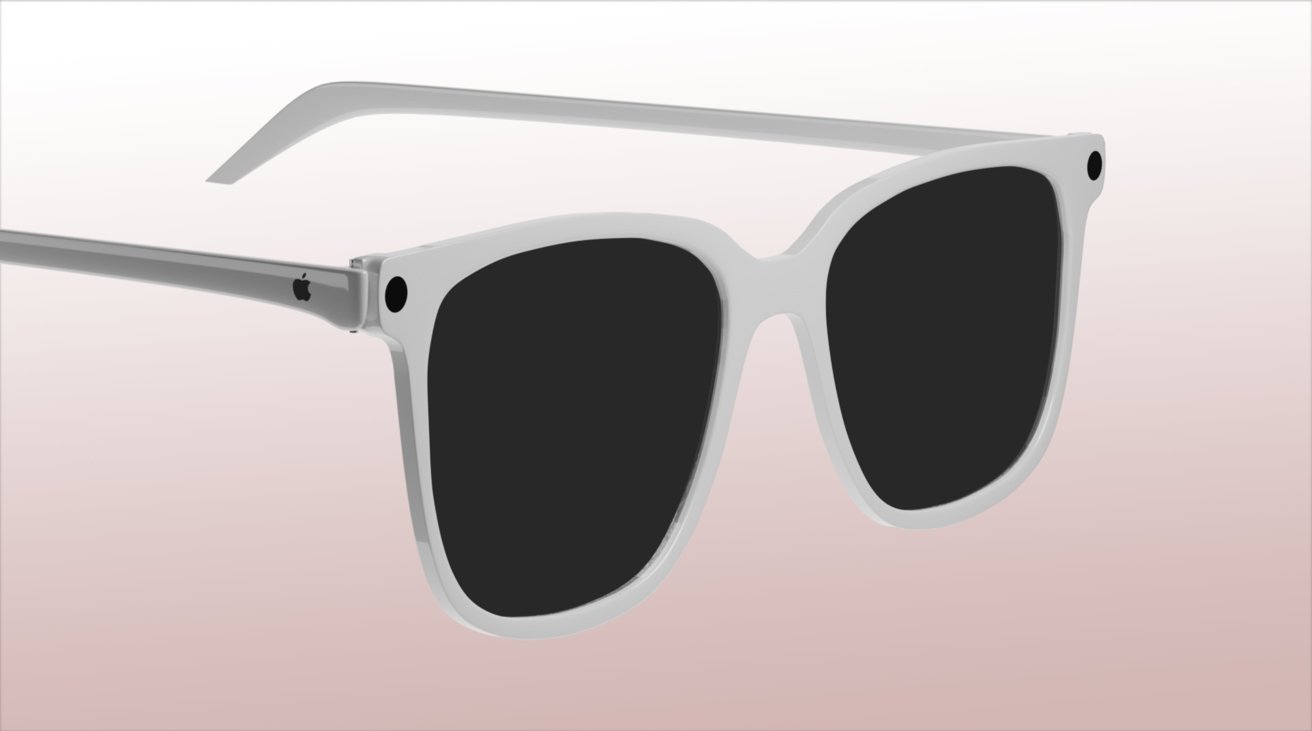
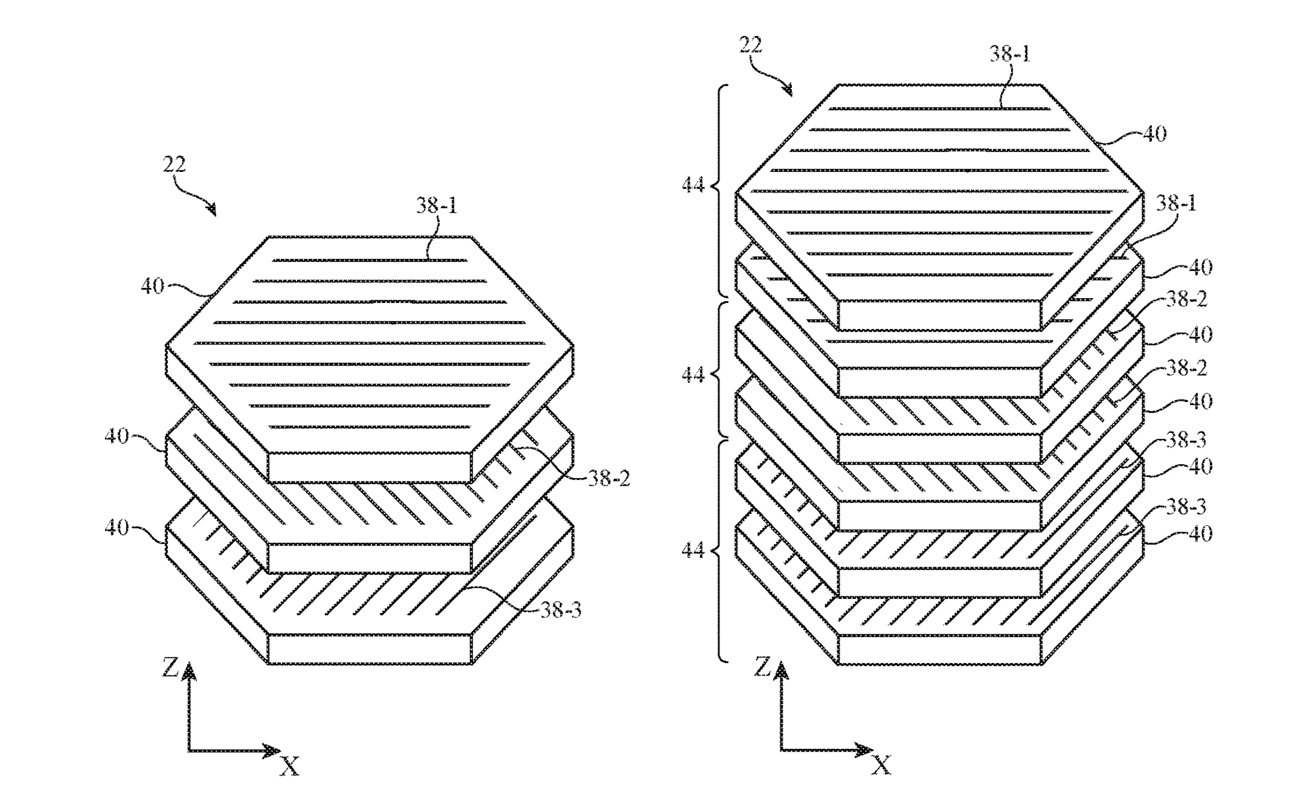
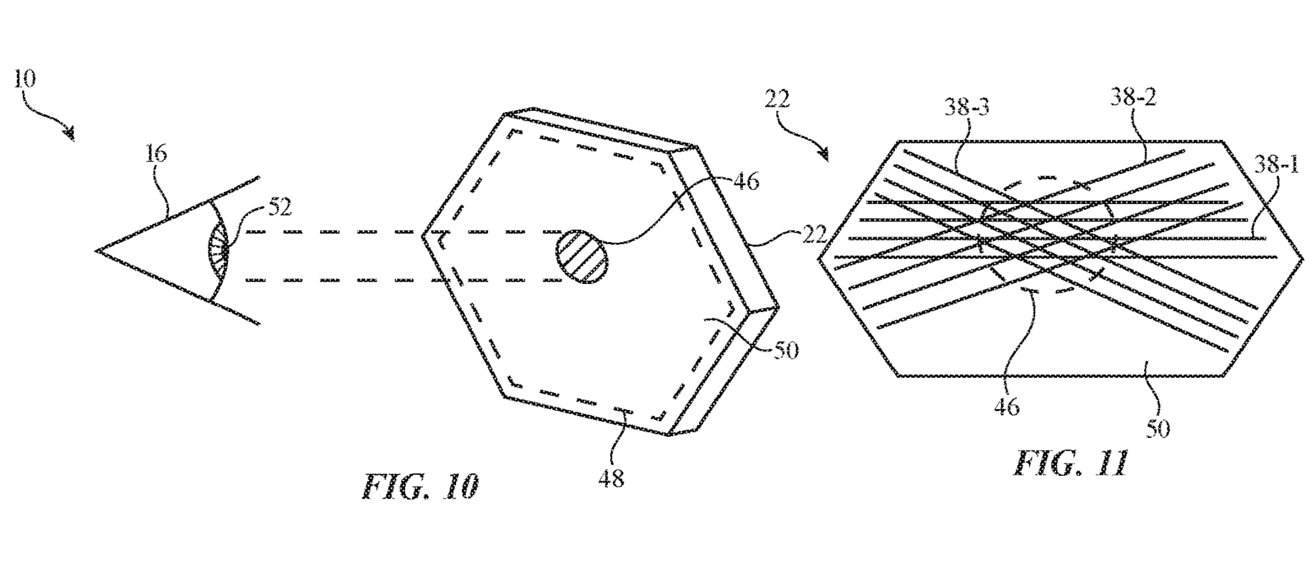



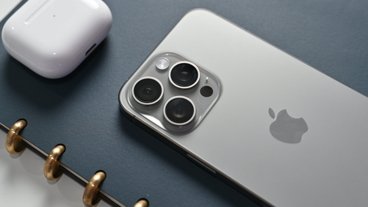
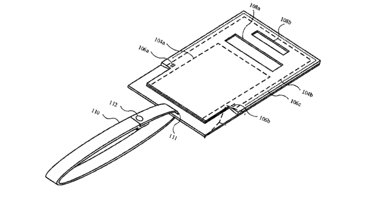





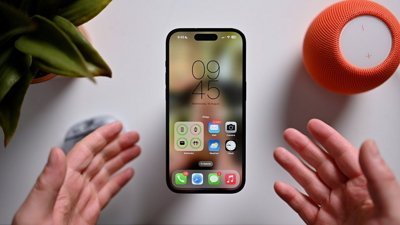
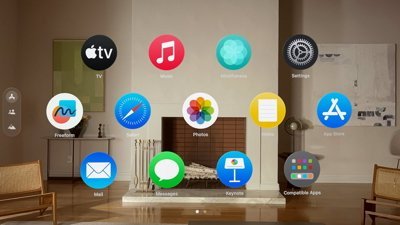

 William Gallagher
William Gallagher
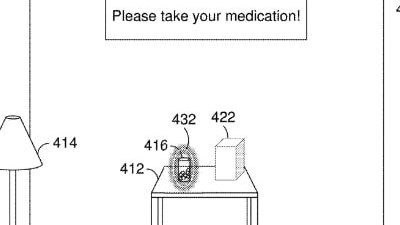
 David Schloss
David Schloss
 Amber Neely
Amber Neely